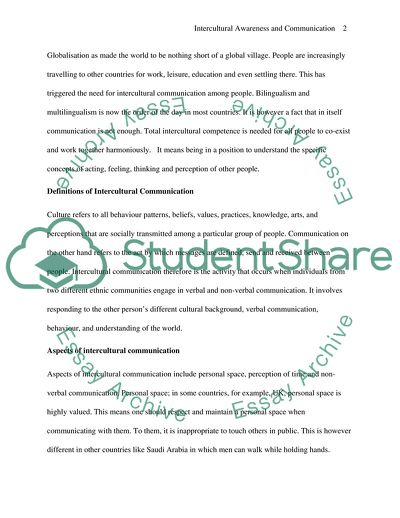Cite this document
(Intercultural Awareness and Communication Coursework, n.d.)
Intercultural Awareness and Communication Coursework. https://studentshare.org/culture/1748872-intercultural-awareness-and-communication
Intercultural Awareness and Communication Coursework. https://studentshare.org/culture/1748872-intercultural-awareness-and-communication
(Intercultural Awareness and Communication Coursework)
Intercultural Awareness and Communication Coursework. https://studentshare.org/culture/1748872-intercultural-awareness-and-communication.
Intercultural Awareness and Communication Coursework. https://studentshare.org/culture/1748872-intercultural-awareness-and-communication.
“Intercultural Awareness and Communication Coursework”. https://studentshare.org/culture/1748872-intercultural-awareness-and-communication.


